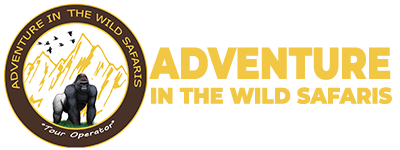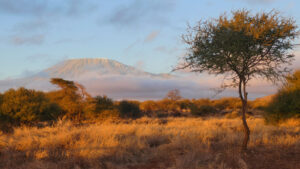Overview
Mount Kilimanjaro is the highest mountain in Africa and a popular destination for trekking and hiking enthusiasts. Located in Tanzania, it offers a variety of routes with varying difficulty levels, making it accessible to a wide range of trekkers. When planning for hike, there are some key points to consider when planning a trek or hike on Mount Kilimanjaro.
Choosing a Route:
There are several trekking routes to the summit of Kilimanjaro, each with its own characteristics and difficulty levels. The most popular routes include:
Machame Route: Known for its scenic beauty and a bit more challenging.
Marangu Route: Also known as the “Coca-Cola” route, it’s one of the easier routes.
Lemosho Route: Offers a longer and more gradual ascent, providing better acclimatization.
Rongai Route: This is the only route that approaches Kilimanjaro from the north.
Acclimatization:
Kilimanjaro Altitude
Kilimanjaro’s high altitude means that acclimatization is crucial to avoid altitude sickness. Choose a route that allows for proper acclimatization and take it slow to give your body time to adjust to the altitude.
Guides and Porters:
It’s a requirement to have a licensed guide to trek Kilimanjaro, and many trekkers also hire porters to carry their gear. Ensure that you choose a reputable trekking company that treats their staff fairly and ethically.
Physical Preparation:
While you don’t need to be an elite athlete to trek Kilimanjaro, it’s important to be in reasonably good physical shape. Regular cardio and strength training can help you prepare for the trek.
Packing and Gear:
Make sure you have the appropriate gear for the trek, including clothing suitable for a variety of weather conditions and good quality hiking boots. Be prepared for cold temperatures at higher altitudes.
Permits and Regulations:
Make sure to obtain the necessary permits for your chosen route. Comply with park regulations, as Kilimanjaro National Park is a protected area.
Weather:
Kilimanjaro’s weather can be unpredictable. Be prepared for both rain and cold at higher elevations. The best times to trek are during the dry seasons from late June to October and from December to early March.
Safety and Health:
Altitude sickness can be a serious concern. Pay attention to your body, listen to your guides, and communicate any health issues you may experience.
Environmental Responsibility:
Be a responsible trekker and follow the “Leave No Trace” principles. Respect the environment and local communities.
Enjoy the Journey:
The journey to the summit is as important as reaching the summit itself. Take in the incredible scenery and enjoy the experience.
Remember that trekking Kilimanjaro is a challenging adventure, but with proper planning, preparation, and a positive attitude, it can be an incredibly rewarding experience. Always prioritize safety and respect for the environment and local culture during your journey.
Request Quote
Fill in and send the safari request form, we shall respond as soon as we receive your message. You can also reach us on Whats-app Number: +256753750983 for urgent requests.

